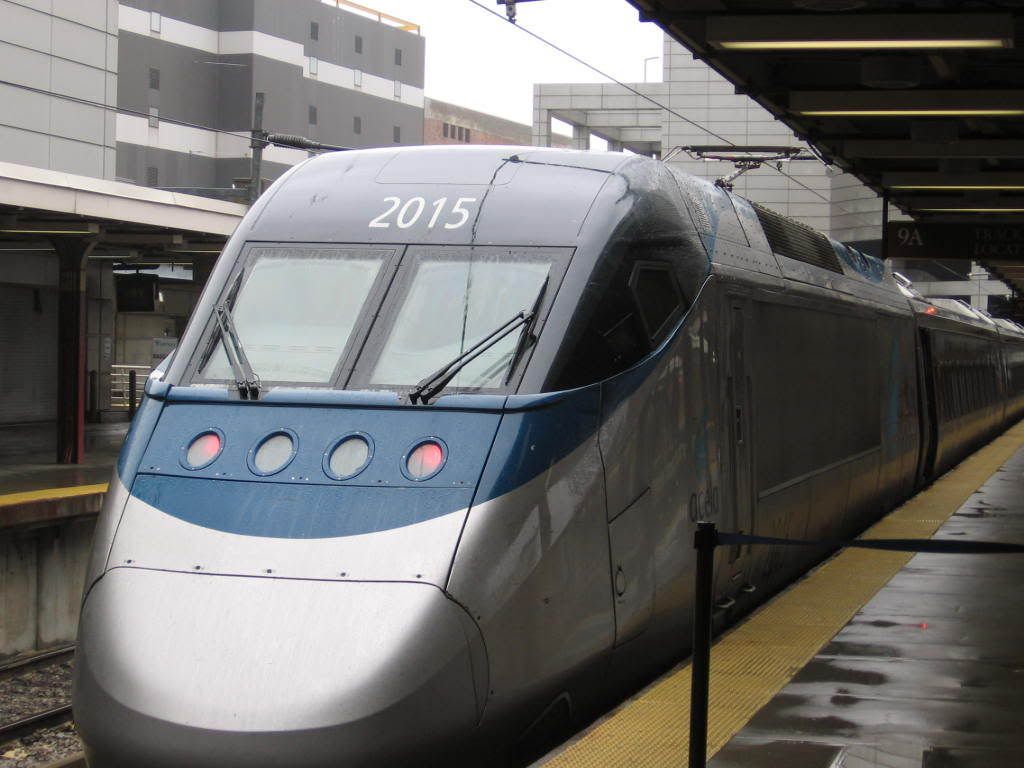Originally Posted by bigkid:
One that that makes no sense is the NTSB is saying the train speed increased as it got near the curve, that it had been travelling at normal speed and sped up. From what I can tell,once you get past this curve, the speed then increases to 100 mph...
Could the engineer have had a brain fart, thought he was past the curve when he wasn't, sped up, then at the last minute realized his mistake and tried to brake? Would fit what we are hearing, but seems like a stretch that the engineer wouldn't know where he was.
I think you are close,bigkid. instead of incrementing down from 70mph, the train incremented up.
The last NTSB presser that I watched on local news around 6:30pm on 5/14, to get the whole event, he omitted the data recorder action information and only discussed the video.
That would have revealed what action occurred to cause the incremental increase in speed.
The other facts from the presser, were that infrastructure was ok and functioning, including a track geometry inspection the day before and train was ok.
Too bad, it does appear engineer error.
Earlier yesterday, the Amtrak CEO answered a question about AMTRAK's control system and mentioned 225mHz signal problems. This is the only dark area between DC and Boston, Wilmington to NY.
So, nothing for the politicians to throw money at after all on this rail system. What happened to the 8 billion of shovel ready projects?













